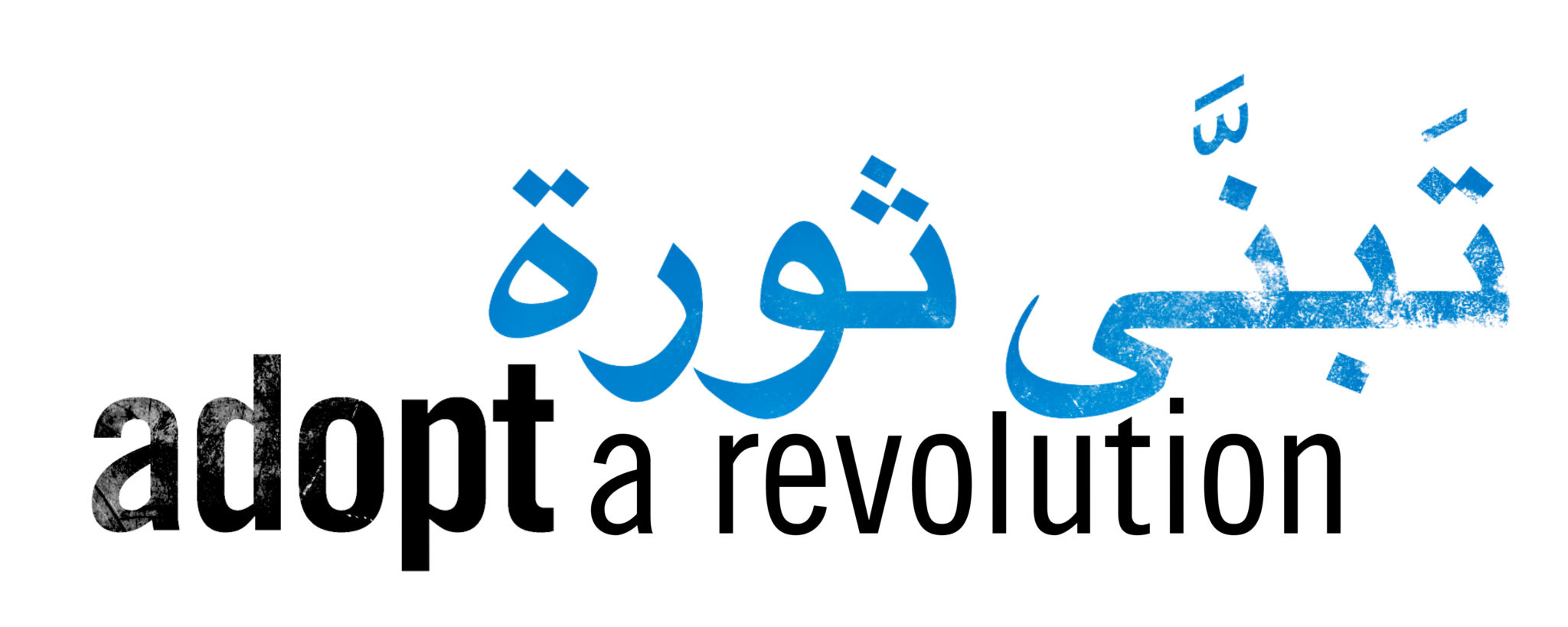
Starting in 2013, scores of Syrian cities fell under the control of radical Islamist groups such as the Al-Nusra Front or the “Islamic State (IS)”. Some cities, however, succeeded in warding off the attempts of jihadist groups at expanding their territories. Moreover, their success can evidently not be attributed to military factors alone: Wide parts of the populations of Atarib and Maarat Al-Nu’man, for instance, rose to demonstrate against the attempted takeovers of jihadist militias – who were indeed eventually coerced into retreat.
Why were civilians in these cities driven to protest, while hardly any resistance against jihadist militias emerged elsewhere? What role is bestowed on civil society in the movement to fend off radical Islamist takeover attempts? What role do civil administrative structures play? Which circumstances and what kind of support are required for civil players to put up a fight against fundamentalist militias in their localities?
This study, conducted by Syrian author Haid Haid, is to be understood not as an ultimate answer to these questions, but rather as an initial exploration which seeks to introduce a much needed new perspective. This becomes necessary given that the analyses and debates established in Germany, when it comes to the Middle East and the “War on Terror”, oftentimes remain depressingly superficial. It is frequently insinuated that the population is comprised of neatly defined monolithic blocks such as “the Kurds”, “the Arabs” or “the Sunnis” instead of politically thinking and acting individuals. The role of local civilian and civil society stakeholders is therefore often neglected – usually in favour of dissolute geopolitical digressions.
By contrast, this study dares to focus on a detailed close-up: The “big picture” is set aside for a clear view on local political disputes. That renders differentiation a necessity. This analysis reveals that the military dominance of a militia in an area does not necessarily mean that the militia also exerts political power over that territory. And it demonstrates that, as disconcerting as it may sound to some, terror organisations are not alike. While the Hayat Tahrir al-Sham militia (HTS) at the centre of this study shares the black flag, a gruelling jihadist ideology and its roots in al-Qaida with the so-called “Islamic State”, they differ in many respects – particularly with regard to their strategies for seizing power and their treatment of the civilian population.
These subtle differences not only generate greater complexity but also draw attention to new strategies against jihadist terror. The analysis devised by Syrian author Haid Haid reveals: If only the political will existed, nonviolent strategies of conflict transformation could at least serve to contain the expansion of extremist militias. And Syrian civil society can and must fulfil a vital role in such a process.

